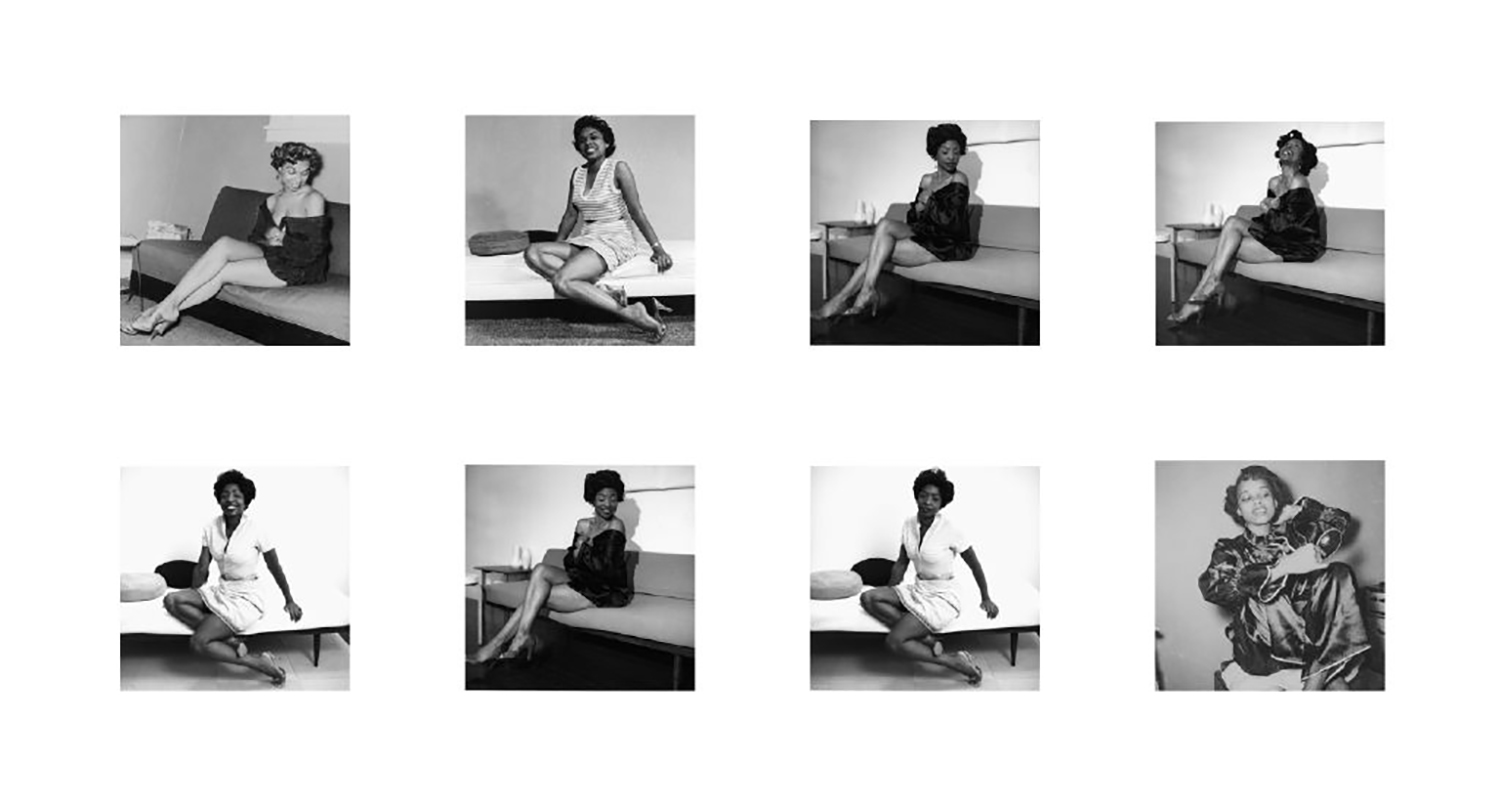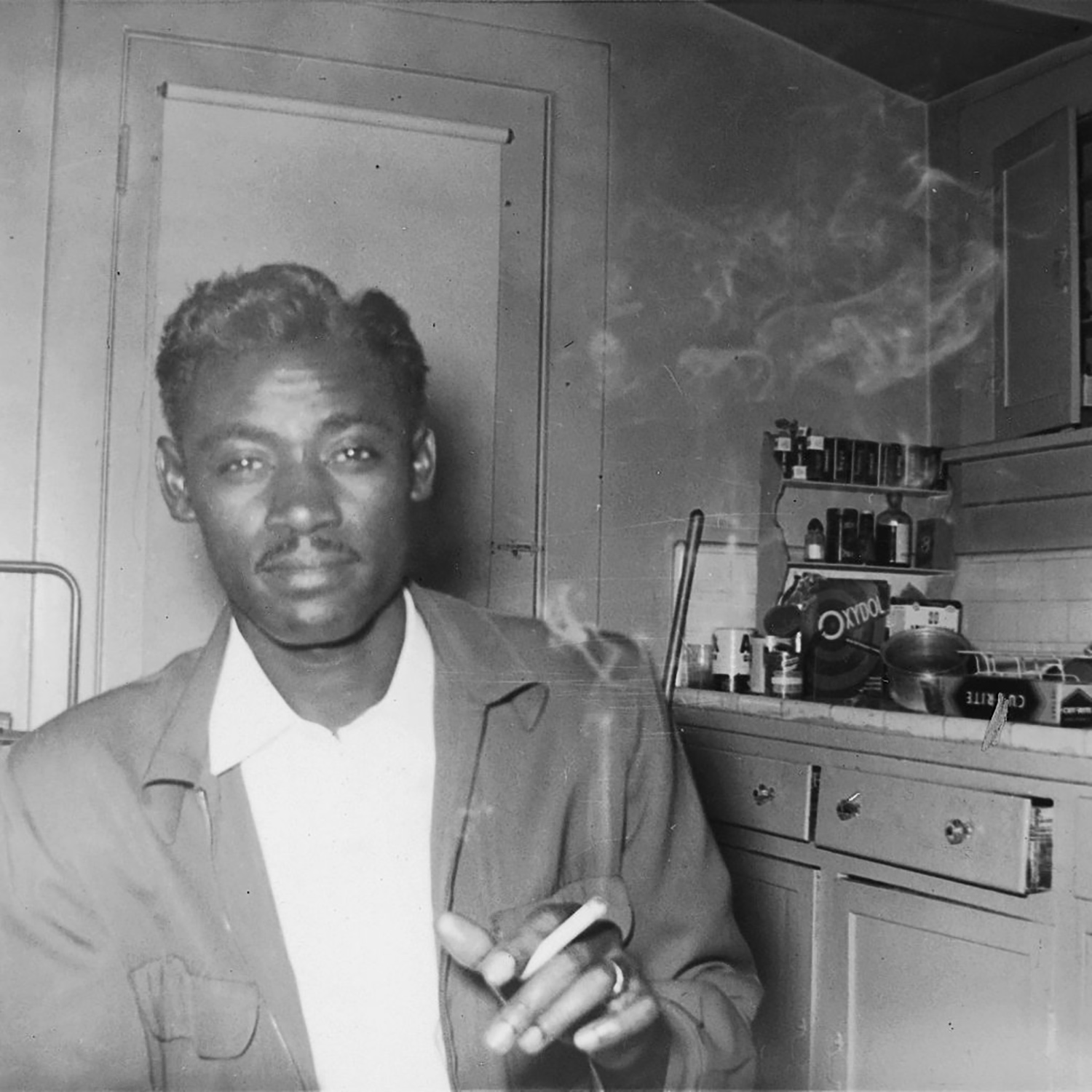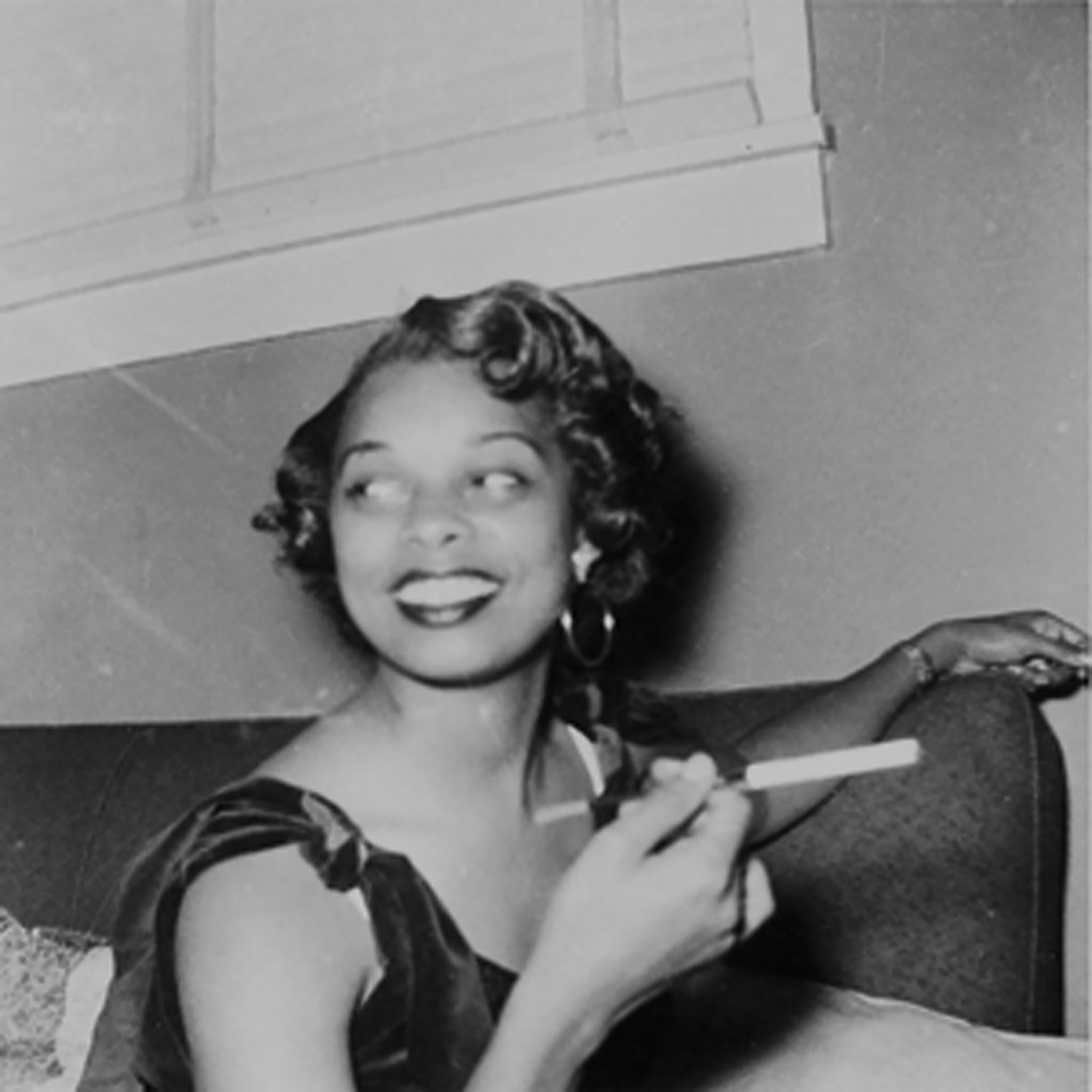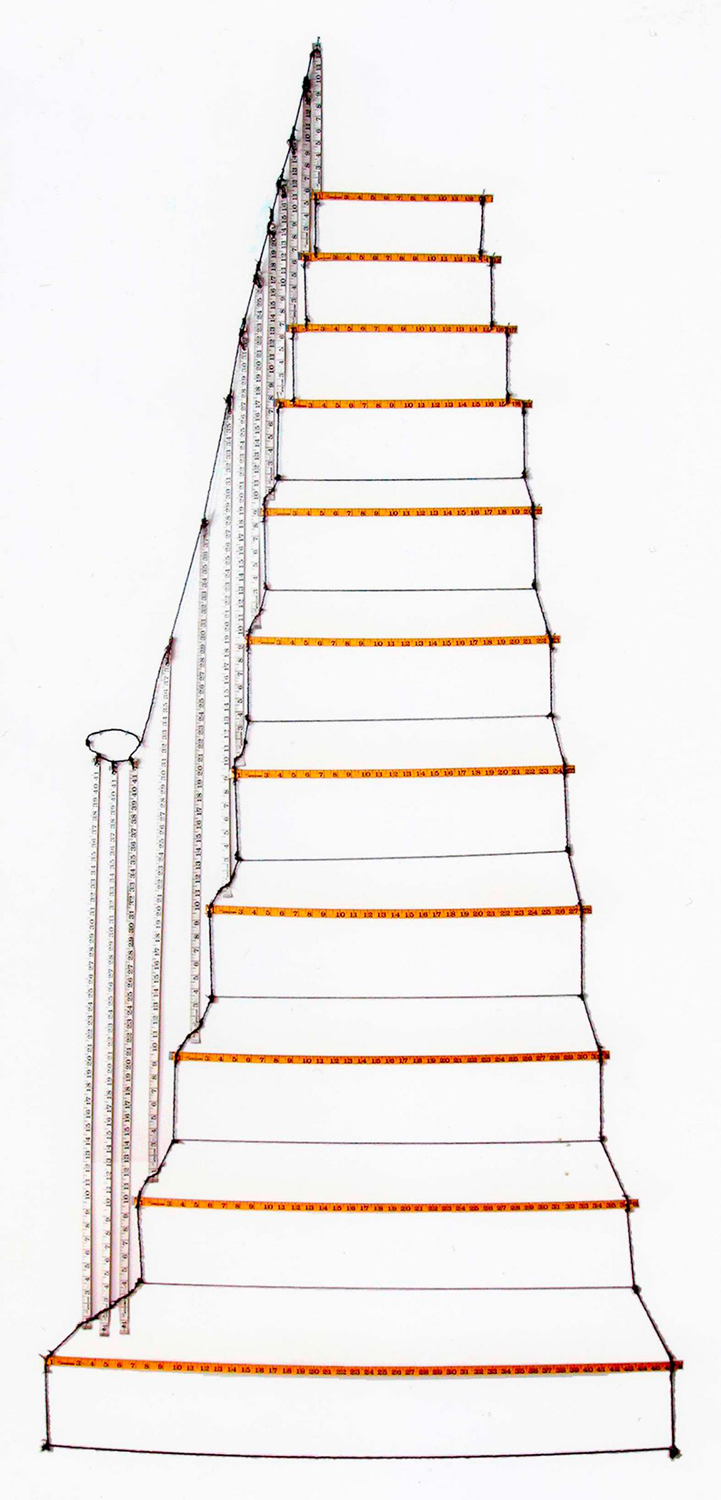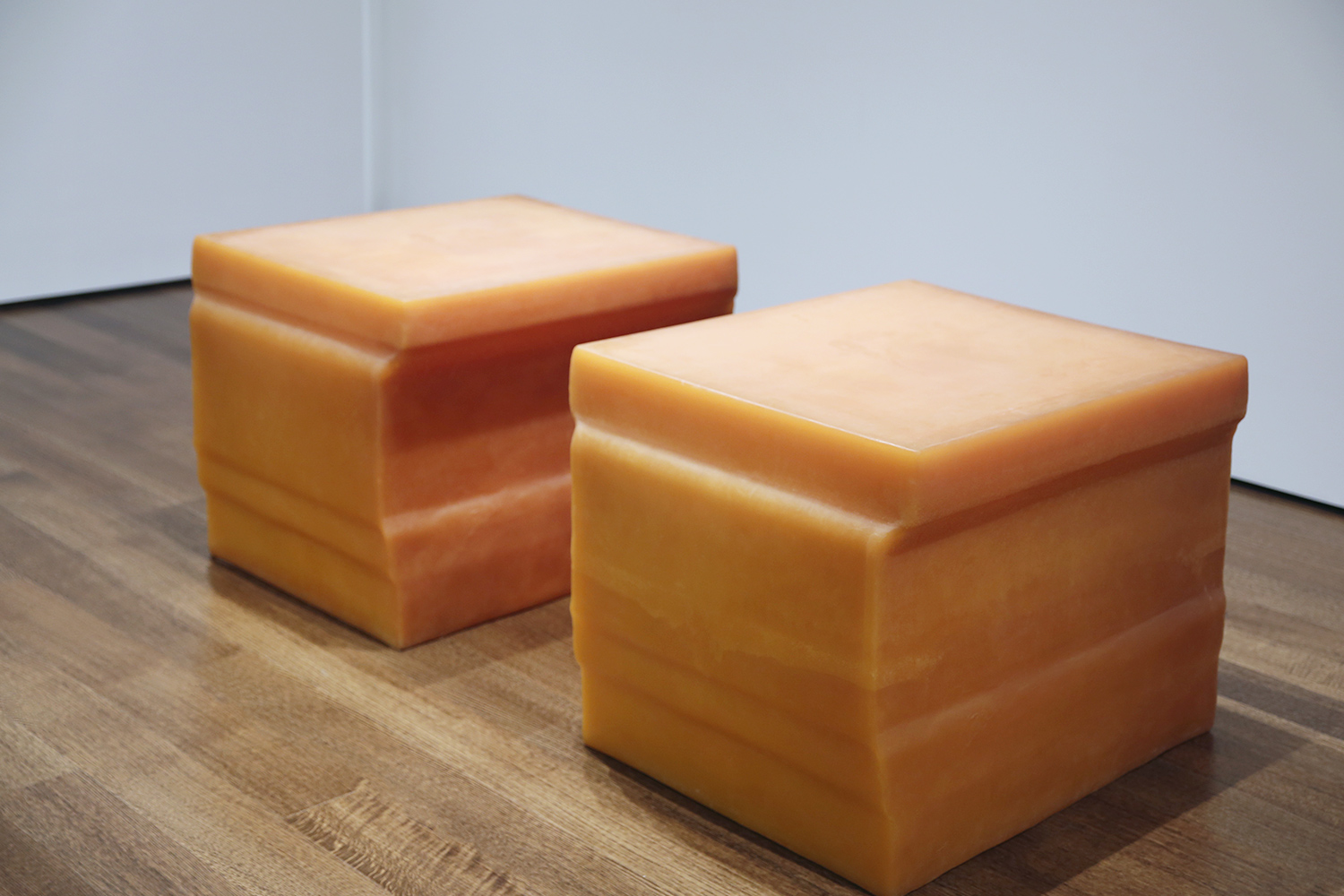A typical understanding of the term “built” might evoke the idea of a constructed physical space, often one that is public. But private domestic settings, symbolic structures, and even virtual architecture can equally be thought of as “built.” A new installation in our modern and contemporary galleries is challenging viewers to consider this very notion.
An Expansion of Space in “The Built Environment”

On view in Gallery 1120, “The Built Environment” features sculptures, paintings, photographs, and other objects (including new acquisitions) that unsettle and complicate conventional definitions of constructed space. Some works offer distinct contrasts in scale, and a number are made with uncommon materials. The installation will be displayed in three cycles over the course of the next year and a half, showcasing the museums’ rich and growing collection of contemporary art.
Three curators in the Division of Modern and Contemporary Art collaborated on the installation: Makeda Best, the Richard L. Menschel Curator of Photography; Lynette Roth, head of the division and the Daimler Curator of the Busch-Reisinger Museum; and Mary Schneider Enriquez, the Houghton Associate Curator of Modern and Contemporary Art. The trio found that uniting their diverse interests helped them better assemble a thought-provoking range of ideas.
“The built environment is a timely topic, and we felt it fit with some of our new acquisitions,” said Schneider Enriquez. “This theme prompts us to look at contemporary art in a dynamic way—which is also what we would like visitors to do in this space.”
Creating Conversations
In selecting objects for the installation, the curators sought to incorporate works that related to their theme in both expected and surprising ways.
Höfer’s Pierpont Morgan Library New York IV (above) presents the library’s reading room as a vision of opulence; its plush red carpet, three levels of custom bookshelves, and gold cornice decoration stand out. While the photograph’s large scale and Höfer’s extreme attention to detail give the viewer much to admire, those very characteristics are a sort of commentary on the space’s (lack of) accessibility; human presence is nowhere to be seen. “Her work encourages the visitor to consider a contemplative space within the equally contemplative—and constructed—site of the museum gallery,” Roth said.
Lorna Simpson’s 1957–2009 Interior (2009) explores the built environment in a more conceptual way. The 52 black and white photographs that make up the work are vintage snapshots of anonymous African American women and men from the 1950s Jim Crow era, as well as Lorna Simpson’s own modern re-creations of the same pictures. Such private displays and intimate exchanges remind us of the ways that segregation erased any public acknowledgment of African American humanity. The photographs challenge constructed notions of race, desire, and sexuality, among other concepts.
Created with unusual materials, Stairs (1974) addresses the idea of domestic space as well. Here, artist Mimi Smith translated the dimensions of a real staircase into an outline of stairs made of tape measures, knotted thread, and eyelets. The steps recede toward a vanishing point; they are mathematically accurate from Smith’s perspective at the bottom of the stairs, yet they diverge from the original steps’ exact measurements. This play on perspective unsettles conceptual art’s tendency toward pedantic precision.
Rachel Whiteread also uses uncommon materials in her Untitled (Double Rubber Plinth) (1996). Made of gold-toned rubber molded to fit the empty space beneath mortuary tables, the work addresses the body—and its absence—in space, adding the idea of vacancy to the theme of the installation.
Examined as a group, in close proximity, all of these objects are opened to new possibilities of interpretation. “You start to think about a work differently when you see it next to another work, another medium, another artist,” said Best.
Schneider Enriquez agreed. “Integrating a range of media throughout the galleries makes these spaces feel very active,” she said. “Nothing is monolithic or static.”
Fluidity, Activity, Subjectivity
The dialogue between objects is particularly resonant when comparing Todd Hido’s #2810 (2001) and Corinne Wasmuht’s 50 U Heinrich-Heine-Str. (2009), which will be installed in the gallery in the coming months. The two works have little resemblance, but both invite viewers to reflect on their own relationship to the physical spaces depicted.
Hido shot #2810 as he drove around suburban neighborhoods at night. The dark shadows and bare outlines of this eerie, distant, and anonymous landscape seem to compel interpretation. In contrast, Wasmuht’s 50 U Heinrich-Heine-Str. captures a specific spot on the street corner outside the artist’s Berlin studio. Through its overwhelming size, technical complexity, and layered impressions of the city, her painting seems to reference the excessive amount of information that surrounds us, particularly in the Internet age.
“It feels as though you’re moving through a fluid, filmed experience,” said Schneider Enriquez of Wasmuht’s work. “It’s this incredible fusion of very different effects and materials and ways of describing an environment.”
Best added: “Wasmuht’s painting is a nice contrast to the Hido photograph, because Hido’s work is directly influenced by cinema. His images are very suggestive; they can remind you of a movie you’ve seen or a place you’ve been, but there’s always that distance.”
Distance and relationships—between objects as well as between viewers and objects—were important ideas for the curators. As they planned “The Built Environment,” they considered their own instrumental role in constructing a space. Every detail, from the height of an object to the “empty” space in a room, can influence a visitor’s experience. That’s a realization many museum visitors may not have on a regular basis—but one that the curators hope to prompt with this installation.
“The museum itself is a kind of controlled environment,” Roth said, “and we have the opportunity to plan and shape the ways in which viewers can engage with these works, ideally prompting their own critical self-reflection.”
Anna Lin Schweitzer served as the Summer 2017 writing and editing intern in the Communications Division at the Harvard Art Museums.
